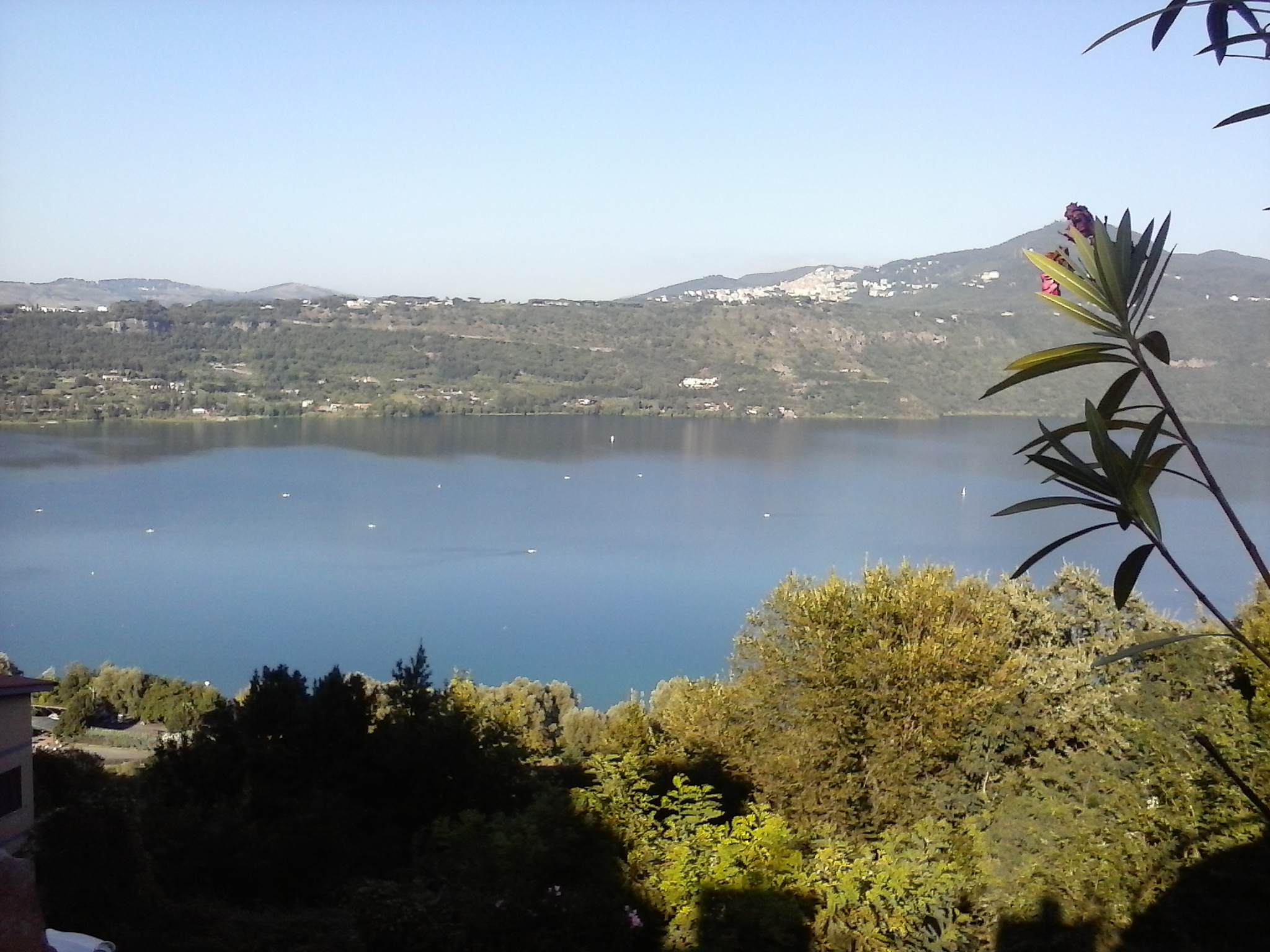Lake Albano, also known as Lake of Castel Gandolfo, after the other town that overlooks its shores and which houses the papal summer residence, has a typical circular shape and is the deepest volcanic lake in Italy with its 168 meters.
On its shores, important prehistoric archaeological remains have been found, such as the Village of the Millstones on stilts, which reveal how these places have been inhabited since the Bronze Age.
Around the lake there were also many Roman remains with Doric nymphaeums and that of Bergantino, an integral part of the complex of the great villa of Domitian which occupied a large area that today includes the historic centre of Castel Gandolfo (the Pope's villa was built on the ruins of the Villa of Domitian) and of Albano Laziale. The villa was so sumptuous that its marbles were used for the construction of the Cathedral of Orvieto.
The bottom of the lake is rich in artifacts because, during the Roman period, here "naumachies" took place, that is, shows in the form of naval battles. On this lake you can practice rowing and the rowing competitions of the 1960 Rome Olympics took place there.
Among the freshwater fishes of the lake are the rovella, the pike, the barbel, the chub, the eel, the trout, the tench, the stickleback and the bream. Recently the following have been introduced: the carp, the perch, the agone, the royal perch, along with numerous species of salt water such as mullet and smelt.
Today on the shores of Lake Albano there are numerous restaurants of excellent quality and it is possible to sunbathe on one of its beaches during the summer.
For lovers of trekking or outdoor sports, it is possible to make a circular route around the lake partly on the road and partly on country paths.







Follow us